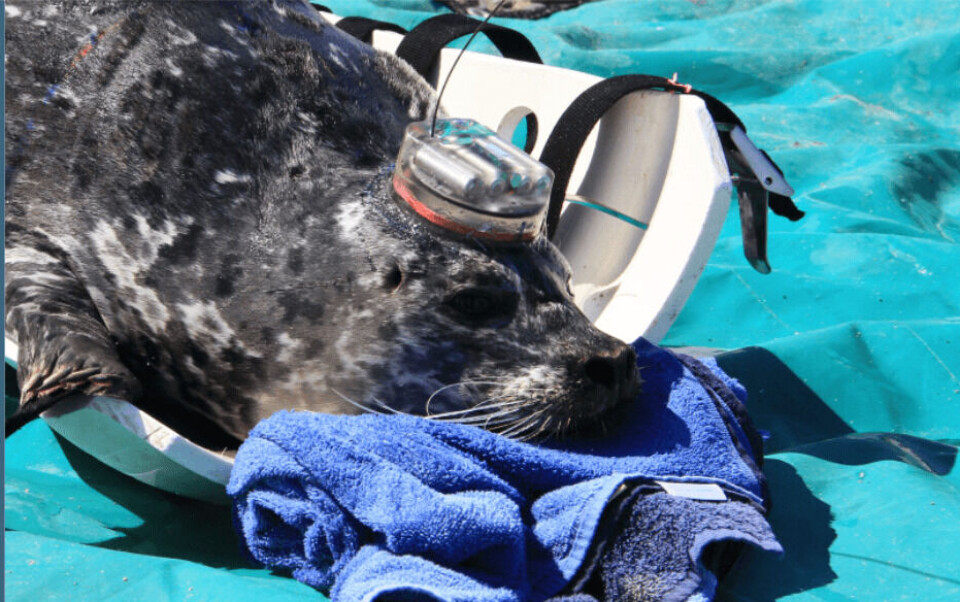
Study highlights impact of seals
The massive population of harbour seals in the Strait of Georgia is likely playing a big role in reducing the numbers of juvenile coho and Chinook salmon, according to the results of a new study undertaken by researchers from UBC.
In 1970, harbour seals became federally protected in Canada, with numbers increasing from 5,000 to 40,000 in only 38 years. At the same time, populations of Chinook and coho salmon experienced serious declines. Recent research efforts have helped to determine that the effects of seal predation may be significantly affecting populations of juvenile salmon.
As part of the Salish Sea Marine Survival Project (SSMSP), funded by the Pacific Salmon Foundation (PSF), Dr Austen Thomas used a high-tech seal “beanie” to measure exactly how many juvenile salmon were being consumed by seals, and also collected seal scats to look for salmon DNA.
The SSMSP is a $20 million joint initiative of the PSF and Seattle-based Long Live the Kings to determine causes for declines of coho, Chinook and steelhead in the Salish Sea. The research – conducted by the Marine Mammal Research Unit at University of British Columbia (UBC) under Dr Andrew Trites – involves using DNA techniques to identify prey in seal waste as well as the development of ‘seal beanies’.
The beanies, created by Drs Austin Thomas and Brian Battaile, allows for an exact measurement of when a seal eats a PIT-tagged salmon, and the DNA sequences show which species of salmon was eaten.
“We discovered that from May to October, about 40-60% of total juvenile coho, and about 30-50% of juvenile Chinook could be lost to seal predation,” said UBC doctoral student Ben Nelson.
“What’s interesting about this is that there are significantly more chum juveniles in the Strait, but the seals are targeting Chinook, coho and sockeye,” explained Thomas. “This is likely because they are larger than chum when they enter the salt water, so its more worthwhile for seals to target them.”
According to Thomas, simply removing the seals will not solve the problem.
“The key question is why seals are now targeting these juvenile salmon,” he says. “We suspect that juveniles in the Strait could be compromised due to pathogens, poor food supply or lack of refuge habitat, which in turn makes them more vulnerable to predation. So if you remove the seals, another predator may simply move in to fill that void.”
“Another questions that has come out of this,” says Nelson, “is whether the abundance of hatchery fish in the Strait is signalling seals to feed on juvenile salmon rather than other species.”
The team’s most recent results were published in the Canadian Journal of Fisheries and Aquatic Sciences last month, and suggest that harbour seals are preferentially eating juvenile salmon species that out-migrate at ages > 1 y, and furthermore, provide evidence of a potential causal relationship between harbour seal predation and juvenile salmon survival trends.






















































